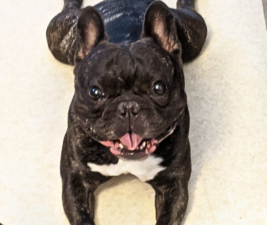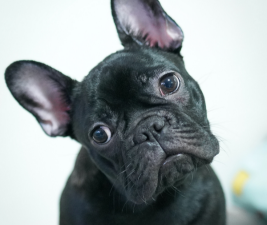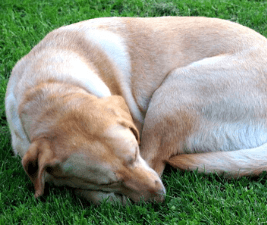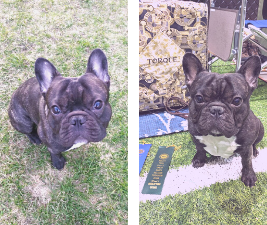There is one universal truth about all dogs, everywhere. It’s the foundation on which all good dog training is based. And once you understand it, really grasp its implications, you’ll be able to interpret everything your dog does. Everything. All the time.
So what is it? Just this: Dogs will always do what’s most rewarding to them. That’s it. It really is just that simple.
Knowing doesn’t always help
There’s always a catch, though, isn’t there? Trying to figure out what your dog finds satisfying about whatever annoying thing they’re doing is the tricky part. What does your dog love so much about eating grass? Contrary to urban folklore, dogs aren’t driven to eat grass when their stomachs are upset. In fact, eating grass makes most dogs throw up, which nobody enjoys. They also don’t understand the cause/effect thing, so they’re not looking for something to make them throw up.
So why do it? Not a clue. They like the taste, they like making us yell, they’re bored and it’s something to do. No dog will ever be able to tell us what they’re thinking. We can only act on the information we have.
Most rewarding
So in the case of eating grass, the dog finds something about it rewarding. Our job, if we want the dog to stop eating grass, is to provide something that’s more rewarding. Because dogs also have a reward pyramid. They’ll leave less rewarding behavior to engage in something better. But again, onlly they know what’s “better” to them.
You know your dog. You know what he/she values; which toys they prefer, what treats they find tastiest. A stranger may not know that your dog’s favorite treat is celery (Hope’s Torque), but a stranger has no idea what a singular weirdo your dog is. Take advantage of what you know.
Offer something better
If your dog constantly tries to eat grass and you don’t want her to, prepare in advance. Have a little plastic bag of a primo treat ready and go out with your dog. When she sticks her face in the lawn to indulge, just walk up beside her, (no yelling!) and wave that delectable morsel of Chicken Heart Treats in her face. Chances are that snout will come up off the ground and you’ll have an instant shadow.
Does it mean you have to carry around smelly dog treats all the time? It kind of does, if you want to change the behavior. If this is a battle you choose to fight, you have to be prepared for skirmishes all the time. Until your dog knows that grass-eating is off the table, so to speak.
Other stuff
Knowing that your dog finds something rewarding is the first step in figuring out how to do something about it. Why does your dog steal your shoes and run off? Is it because he/she is collecting shoes? No, of course not. It’s because you instantly engage in the game of “Chase me!” and give your dog your entire attention for the length of the “Steal the Shoe!” game.
What does your dog find rewarding about barking? Most people will “bark” back, and again, your dog gets your entire attention. They think you’re having a conversation. They don’t really mind that you’re annoyed or angry. Dogs don’t really discriminate between positive and negative attention. As long as you’re engaged with them – it’s all good.
Giving perspective
Now that you know the great universal truth about dogs’ behavior, what can you do with it? That’s up to you. But the next time your dog is doing something you don’t understand, turn it around. Try to figure out what they’re getting out of it, and offer something better. Let us know how that works out for you. We have to go cut up some celery.
Enjoyed this post? Click here to sign up for the weekly newsletter and never miss another!













